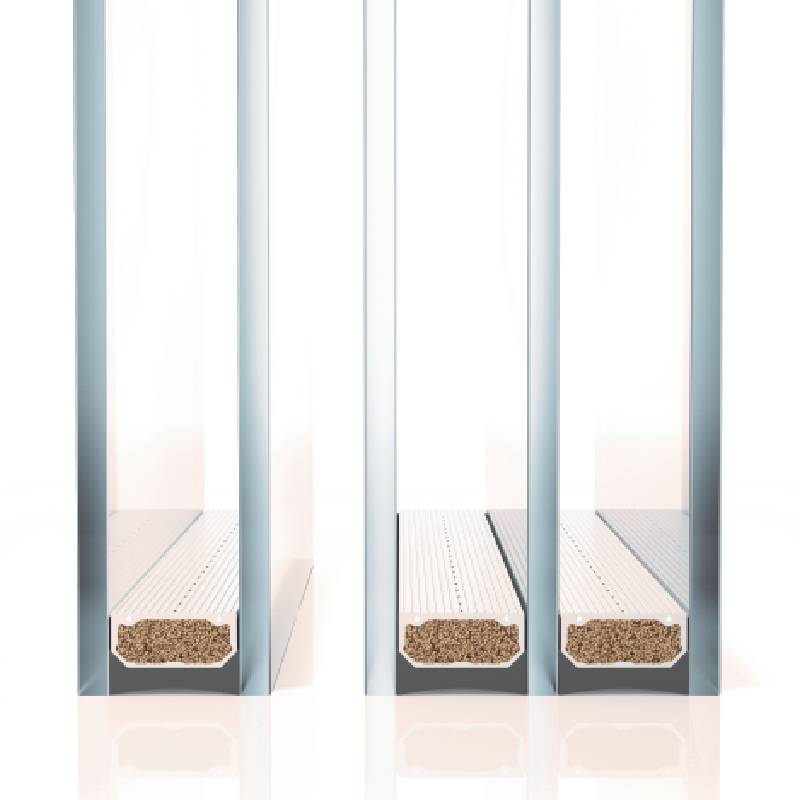

Tinted Glass in China Trends, Benefits, and Applications
In recent years, tinted glass has emerged as a prominent building material in China, allowing for both aesthetic appeal and functional advantages. As urbanization accelerates and architectural designs become more innovative, tinted glass has gained popularity across various sectors, including residential, commercial, and industrial applications. This article explores the trends, benefits, and various applications of tinted glass in China’s developing market.
Understanding Tinted Glass
Tinted glass is created by adding metal oxides during the manufacturing process, which alters its color and light transmission properties. The most common tints include bronze, gray, green, and blue, each providing varying degrees of heat rejection and glare reduction. With advancements in technology, manufacturers can now produce tinted glass with customizable shades, broadening its appeal and usability.
Trends in the Market
China's tinted glass market has witnessed rapid expansion in recent years due to several factors. First and foremost, the increasing emphasis on energy efficiency and sustainability has led architects and builders to seek materials that minimize energy consumption. Tinted glass can significantly reduce solar heat gain, decreasing the reliance on air conditioning systems and lowering energy costs.
Moreover, as urban environments become denser, privacy is becoming a major concern for residents and businesses alike. Tinted glass provides a solution by allowing natural light to filter through while obstructing visual access from the outside. This is particularly appealing for high-rise buildings, where occupants seek to maintain their privacy without sacrificing natural light.
Additionally, the growth of smart cities in China has further accelerated the demand for innovative building materials, including tinted glass. With features like integrated photocells and smart technologies, tinted glass can adapt to changing light conditions, enhancing comfort and energy efficiency in modern buildings.
Benefits of Tinted Glass
The benefits of tinted glass extend beyond aesthetics. Firstly, it offers significant thermal insulation properties. By reducing the amount of solar heat entering a building, tinted glass helps maintain a comfortable indoor environment throughout the year. This feature is especially critical in regions with extreme climate conditions, as it contributes to energy savings and reduces HVAC system loads.

Secondly, tinted glass enhances the safety and security of buildings. Many tinted glass products are made with additional tempered or laminated layers, reducing the risk of shattering upon impact. This characteristic is essential for commercial properties, where safety standards are paramount.
Furthermore, tinted glass can improve glare control, making it ideal for office environments and locations with high glare exposure. By decreasing glare, it enhances the comfort of occupants and aids in productivity.
Last but not least, tinted glass can boost a building’s aesthetic appeal. Architectural designs often incorporate tinted glass to create striking visual contrasts and seamless transitions between indoor and outdoor spaces. This trend has become prominent in luxury real estate, where exclusivity and style are essential parameters.
Applications in Various Sectors
The applications of tinted glass are vast and diverse. In residential construction, homeowners are increasingly opting for tinted windows to enhance privacy and improve energy efficiency. In commercial settings, tinted glass is commonly used in office buildings, retail stores, and hotels, contributing to a modern and sophisticated atmosphere.
Moreover, the automotive industry is also leveraging tinted glass to provide UV protection and enhance driver comfort. With strict regulations governing the use of tinted windows in vehicles, manufacturers are putting emphasis on compliance while maximizing the benefits of tinted glass.
Lastly, tinted glass is making its mark in the solar energy sector. Photovoltaic panels often incorporate tinted glass to improve efficiency and aesthetics. The combination of energy generation and architectural design continues to push innovations in tinted glass technology.
Conclusion
As China moves towards a more sustainable and urbanized future, the demand for tinted glass will likely continue to rise. Its benefits, including energy efficiency, privacy, safety, and aesthetic enhancements, make it a valuable choice for various applications. With ongoing advancements in manufacturing technologies and design, tinted glass is set to play a pivotal role in the building materials landscape of China for years to come.